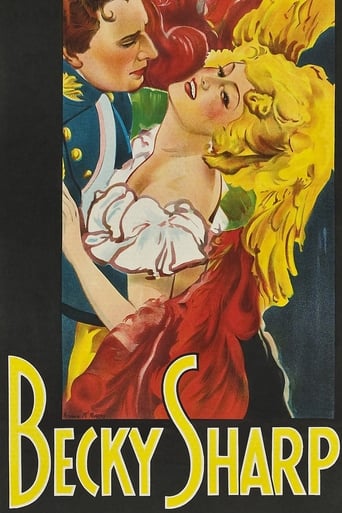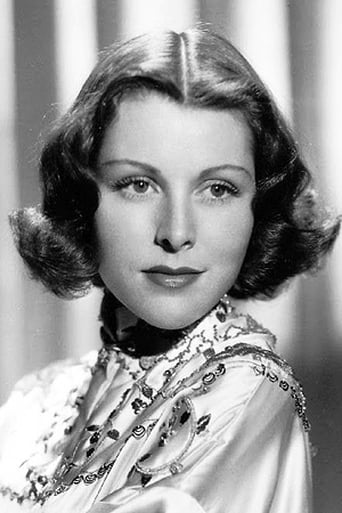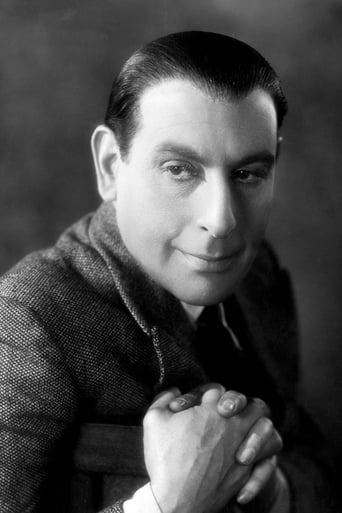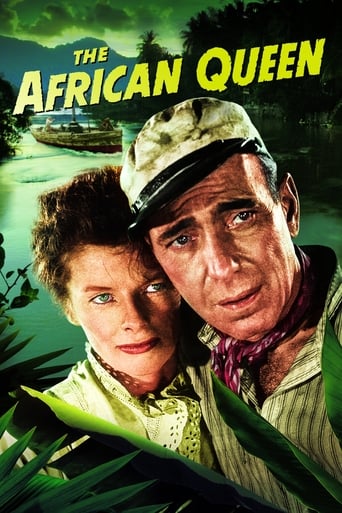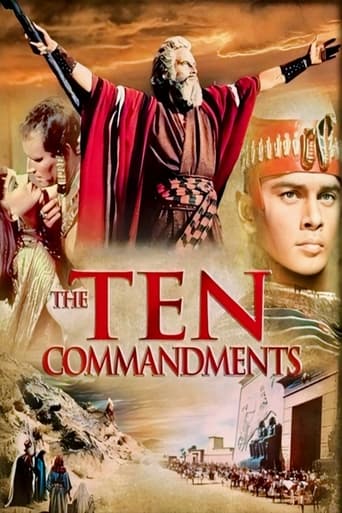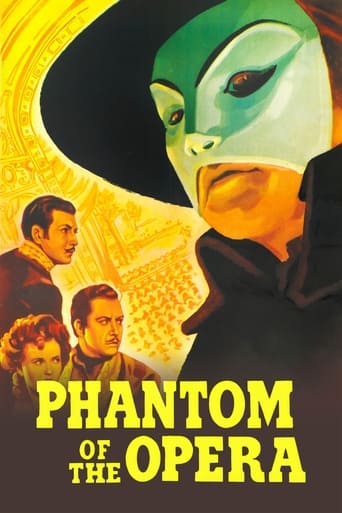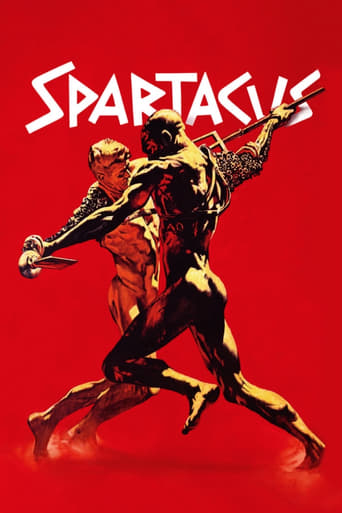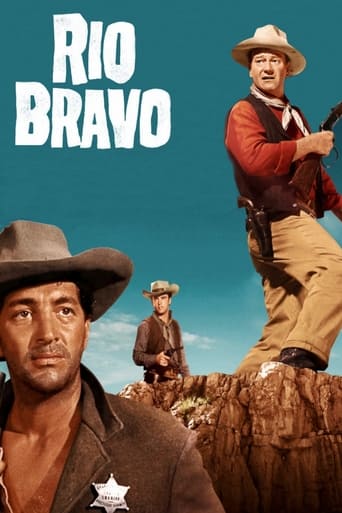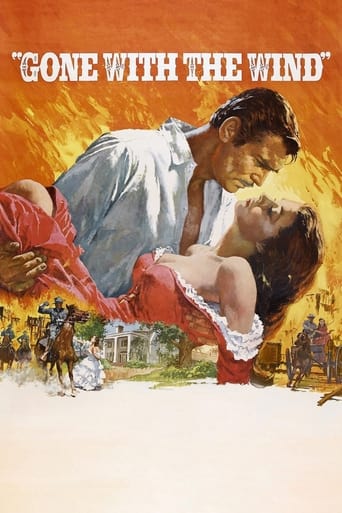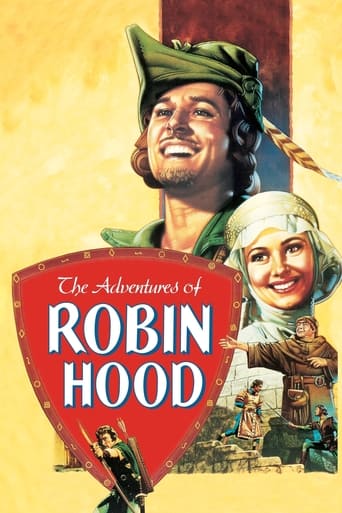Becky Sharp (1935)
The first feature length film to use three-strip Technicolor film. Adapted from a play that was adapted from William Makepeace Thackeray's book "Vanity Fair", the film looks at the English class system during the Napoleonic Wars era.
Watch Trailer
Cast
Similar titles
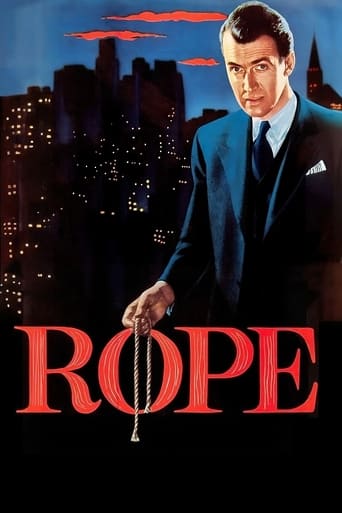
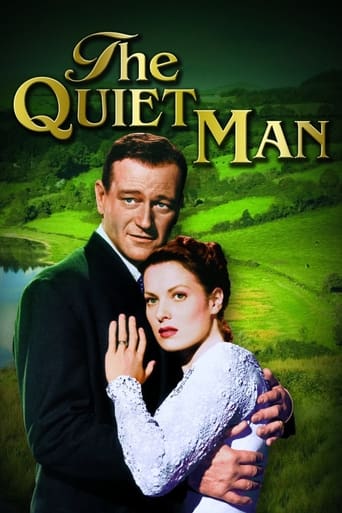
Reviews
Absolutely the worst movie.
Fanciful, disturbing, and wildly original, it announces the arrival of a fresh, bold voice in American cinema.
While it is a pity that the story wasn't told with more visual finesse, this is trivial compared to our real-world problems. It takes a good movie to put that into perspective.
A movie that not only functions as a solid scarefest but a razor-sharp satire.
My memories of this film are a little jaded because its been years since i saw it and its never been released in the UK.However what i do remember of it is how good Miriam Hopkins is in the lead role. Although the direction is a little staged and awkward, the experienced cast do help to keep this film watchable. This was the first full length three strip technicolor feature film so kudos to the studio for taking the gamble with making it. It is no great surprise it is studio bound because of the amount of lighting that was needed on early technicolor. Also the technicolor cameras were bulky too making the directors job pretty difficult too. The Art department must shoulder some of the blame for the mixed results though. I seem to remember their colour scheme was really uninspired. They could have used nice bright primary colours to show off the system but they erred on a colour set up that made you feel was lacking in courage. However on a critical note, Becky Sharpe was a decently made costume drama that was fairly average with good performances. However its is interesting to note how quickly technicolor improved after 1935. Check out 'Wings of The Morning' from 1937 to see a film that may have had a bad script but made excellent use of external location filming and the colours were a lot more naturalistic.
The 1935 film "Becky Sharp" remains important chiefly for being the first major movie shot in Technicolor. The story is an abridged version of William Makepeace Thackeray's 19th Century novel "Vanity Fair." Becky Sharp is the main character of the book and is a social-climbing hussy with few redeeming qualities, except for her good-looks. Thackeray didn't judge her too harshly, however. He was more interested in satirizing British society, in general. "Vanity Fair" was indeed his greatest work although he's also known for writing "The Memoirs of Barry Lyndon" which Stanley Kubrick brought to the screen in the mid-1970's. Miriam Hopkins may have been a bit old to be playing the conniving Becky Sharp but she gives it her best shot. Unlike the novel, Hopkins' character is at least somewhat justified in her decision-making process even while retaining the frivolous part of her personality. The key scene in the film is near the end when director Rouben Mamoulian re-enacts the famous Duchess of Richmond's ball at her Brussels estate on the eve of the Battle of Waterloo. It's done with a definite flair for the dramatic along with some well-placed historical references. The ominous sounds of war are heard in the distance as the great ball comes to a premature end; its frightened participants running off into an uncertain future.The cast is filled with some familiar faces from the past. Beautiful Frances Dee livens up the screen as Becky's good pal Amelia. Nigel Bruce, best remembered for playing Doctor Watson alongside Basil Rathbone's Sherlock Holmes, does some adequate work as one of Becky's admirers. Sir Cedric Hardwicke is also around as a British aristocrat with a roving eye for the ladies. Recently, Reese Witherspoon tried her luck in the role of Becky Sharp in the 2004 film version of "Vanity Fair" with mixed results. At least she was young enough for the part.
"Becky Sharp" seems to have consistently attracted unfair comments. Whilst it may not be as subtle as many of its contemporary counterparts, the story provides a fun basis for a glorious use of Technicolor. As the first feature length movie to be shot in full colour, the film is a wonderful example of cinema as spectacle. Though admittedly, at times, the viewer may almost be sent cross-eyed by the vibrancy of the colour, its use is interesting in so far as one can see the attempts made at one level to exhibit the colour, whilst also trying in vain not to distract from the narrative. Also, from the beginning of the opening sequence the status of the film as a stage adaptation is clear, and in this way the idea of the now overlooked tradition of cinema as spectacle is further enhanced.The plot itself is slightly reminiscent of a Gainsborough melodrama (although it precedes them), and yet it is refreshing in many ways that Becky is not the subject of the traditional narrative retribution and resolution. The over-the-top nature of some of the narrative action does provide moments which may cause an audience member to cringe; however, if the film is not taken too seriously, it remains enjoyable."Becky Sharp" has too often been overlooked in the history of film. It may not have been widely popular at the time of its release, and it may not be seen within a high cinematic cannon, but it is definitely worth viewing, if only to appreciate the emergence of three colour film as the new advancement in film technology.
I just had the pleasure of seeing the restored version of "Becky Sharp", and, like others who had taped this back in the bad old days of nearly monochromatic, public domain copies of this title, the improvement amounts to seeing an entirely different film. The use of color was striking and surprisingly well considered. As a writer, I found the dialogue delightfully rich in the manner of what were admittedly more sophisticated films of the 30's. Make no mistake, other than the admirable use of 3-strip Technicolor on its first feature film outing, this is no masterpiece--Mamoulian's name in the credits notwithstanding. But compared to today, with dialogue now largely dismissed as unnecessary to filmed "entertainment", it was brilliant. I could finally hear 90% of it, whereas in the old Cinecolor print, most of it was unintelligible. What pains me is that audiences seem unable (or unwilling) to enjoy dialogue that was meant to be listened to and appreciated on its own account. I heard nary a chuckle during any the witty ripostes of which Beck Sharp has its(and her) fair share of. A shame.
